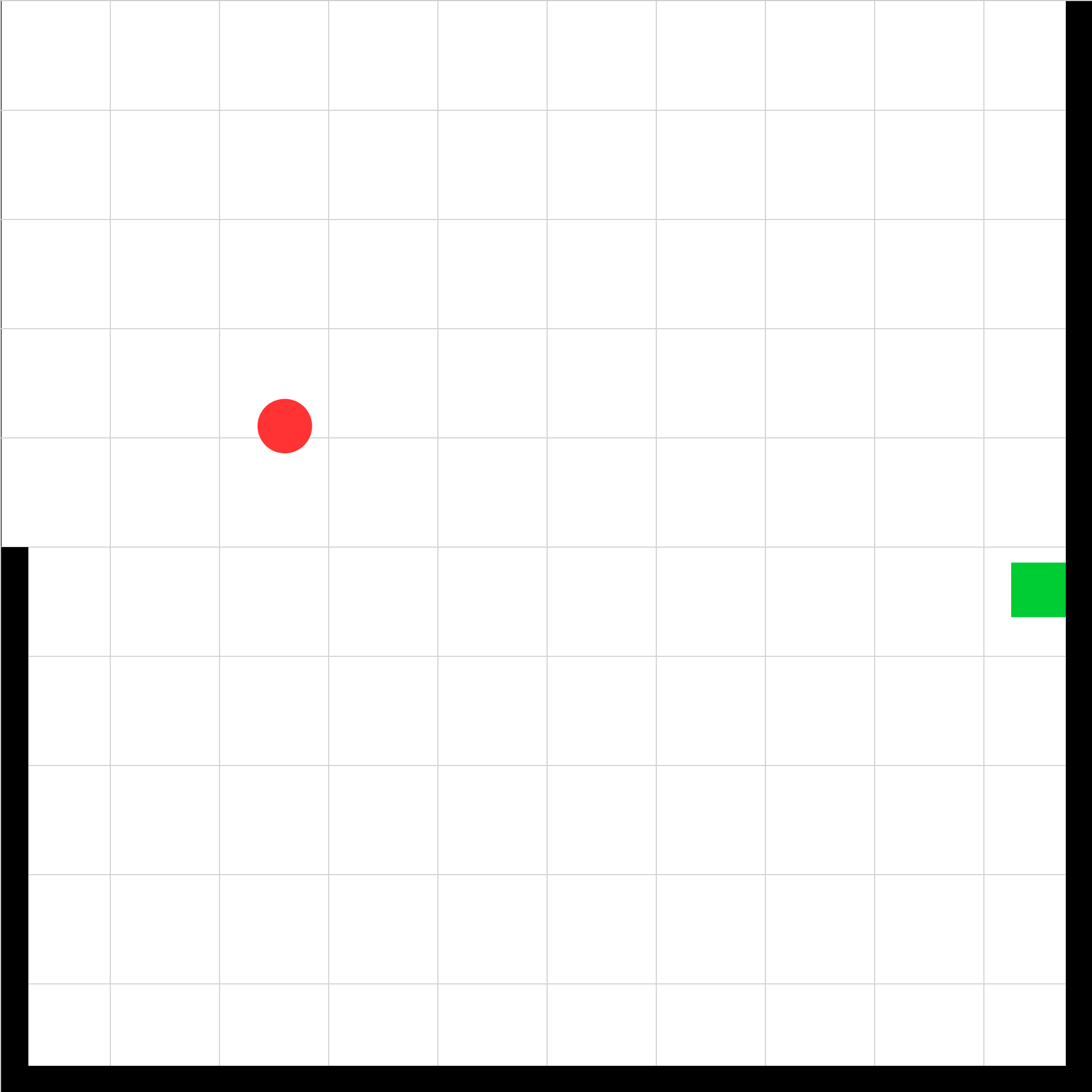Interactive Web Physics 6
Physics animations that run in your web browser and tablets using HTML
Packaged Animation Collections
NCS-AAPT Workshop November 16, 2019
Popular Animations
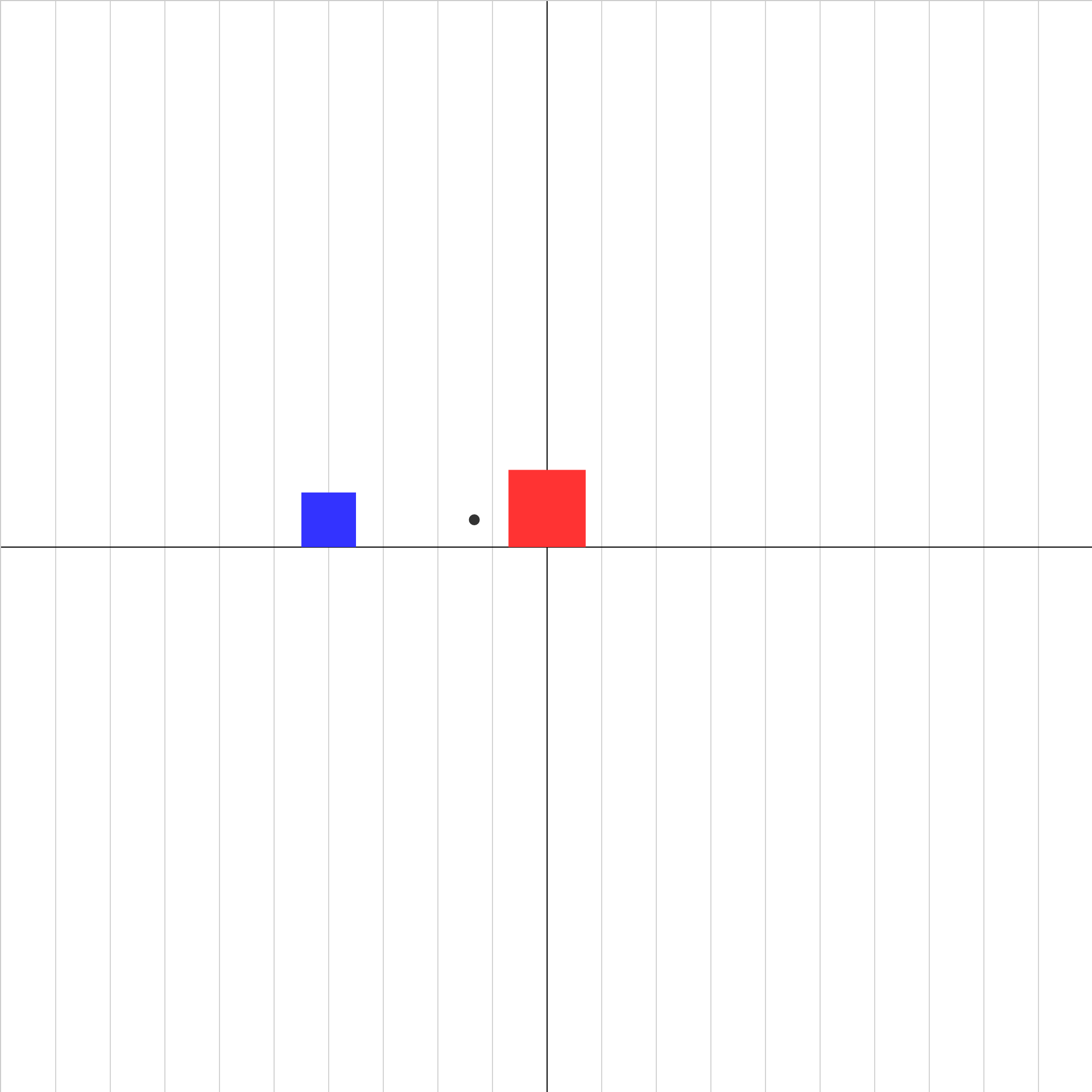
collision-elastic-3.iwp
Two gliders collide in an elastic collision. The x-coordinate of the center of mass of the system of gliders is shown as a black dot. Play the animation. Click Show Graph. The velocities of the two objects and of the center of mass will be displayed as a function of time. Try collisions for different values of mass and initial velocity. After a while, you should be able to predict the final velocities, given any pair of initial velocities.
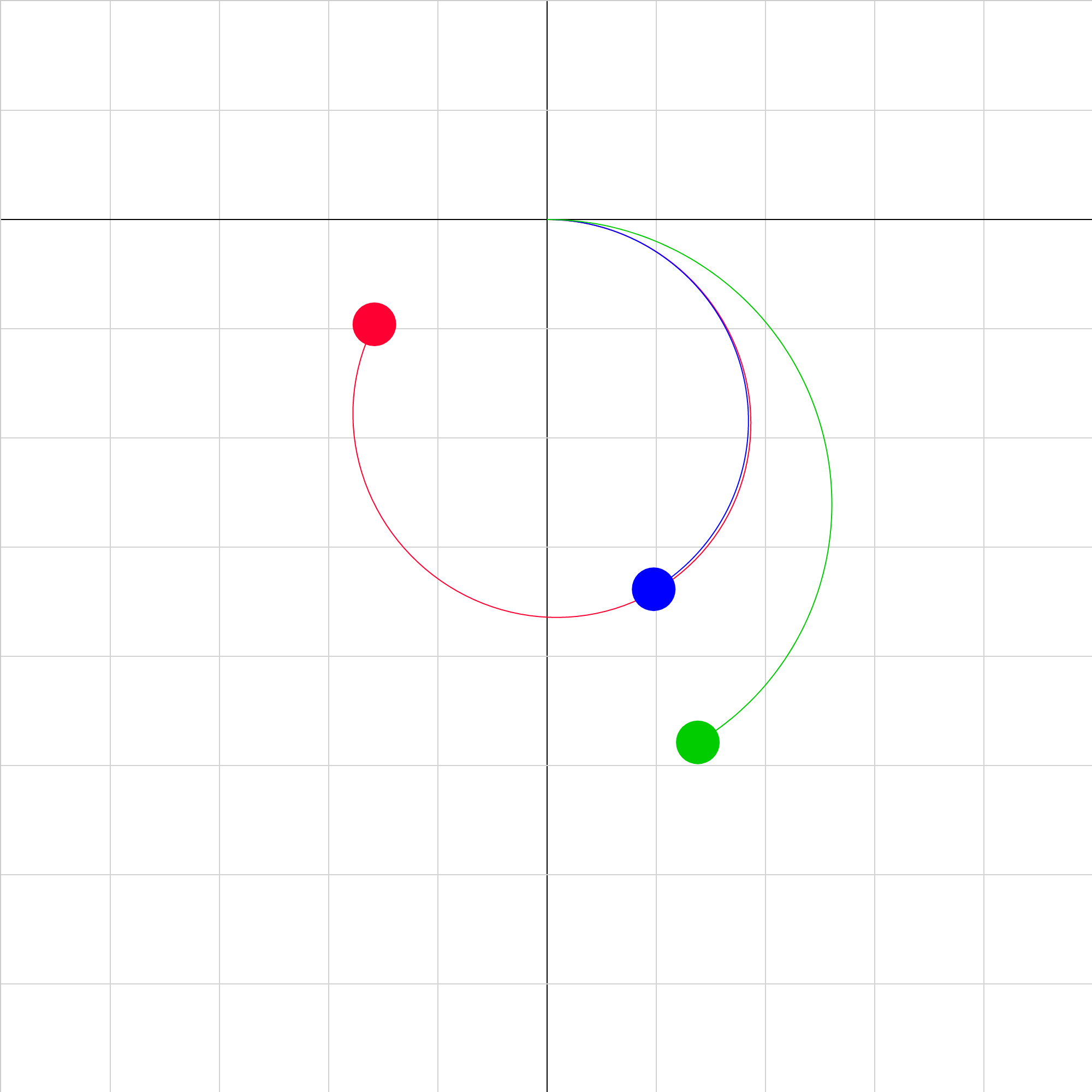
cp-unknown-1.iwp
Three different charged particles of equal kinetic energy move under the influence of a uniform magnetic field oriented perpendicular to the screen. Graphs of vertical position vs. time can be displayed by clicking Show graph. 1. Taking the red particle to have a unit charge of +1 and a unit mass of 1, what are the charges and masses of the other particles? 2. Determine one possible combination of real particles that the three charges could represent.
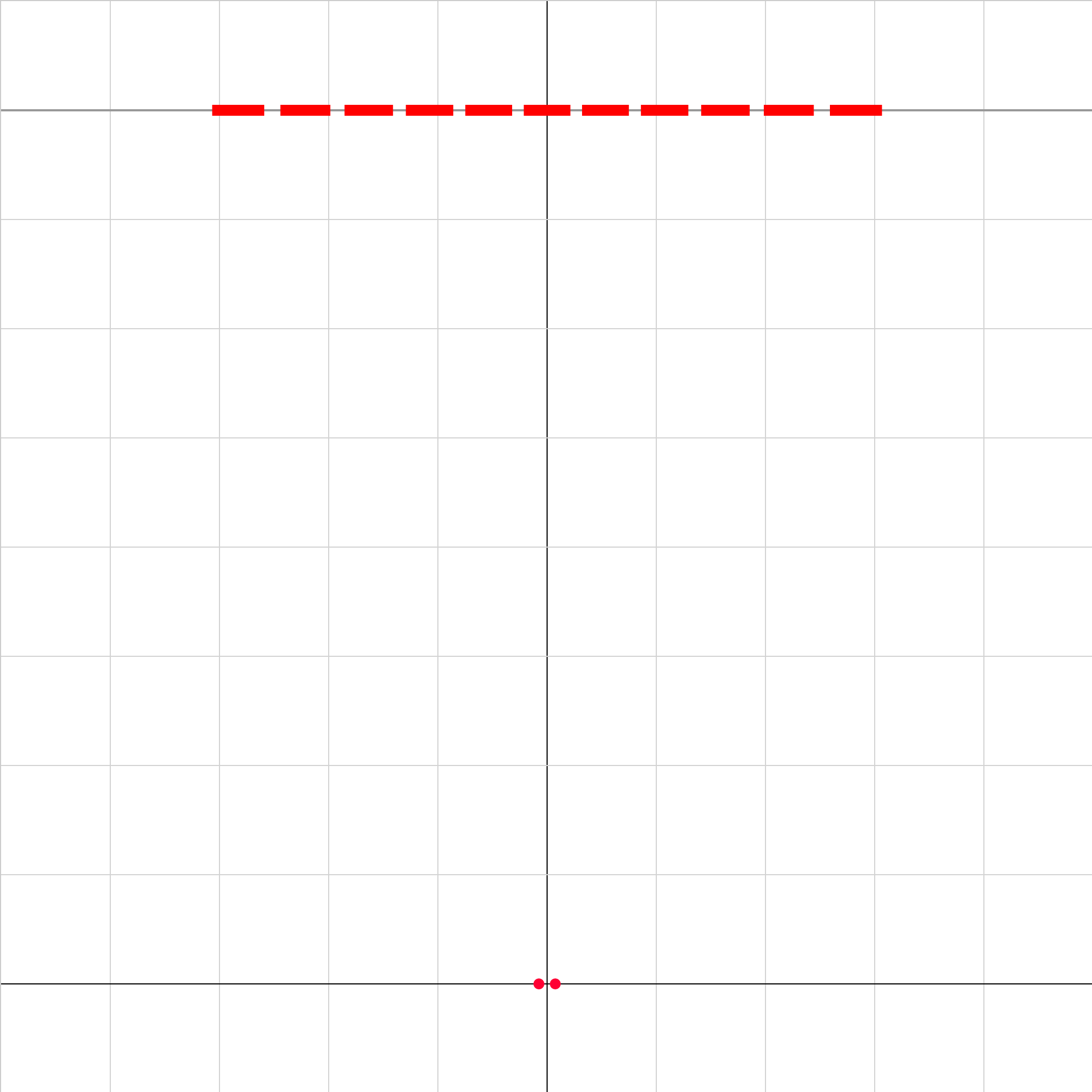
double-slit-1.iwp
Two sources of monochromatic waves are situated on either side of the origin. The sources oscillate in phase. The pattern of interference fringes is projected on a screen near the top of the display. Playing the animation will decrease the source separation and show the resulting change in the interference pattern. Actual fringes would have intensity variations that can't be displayed in the animation.
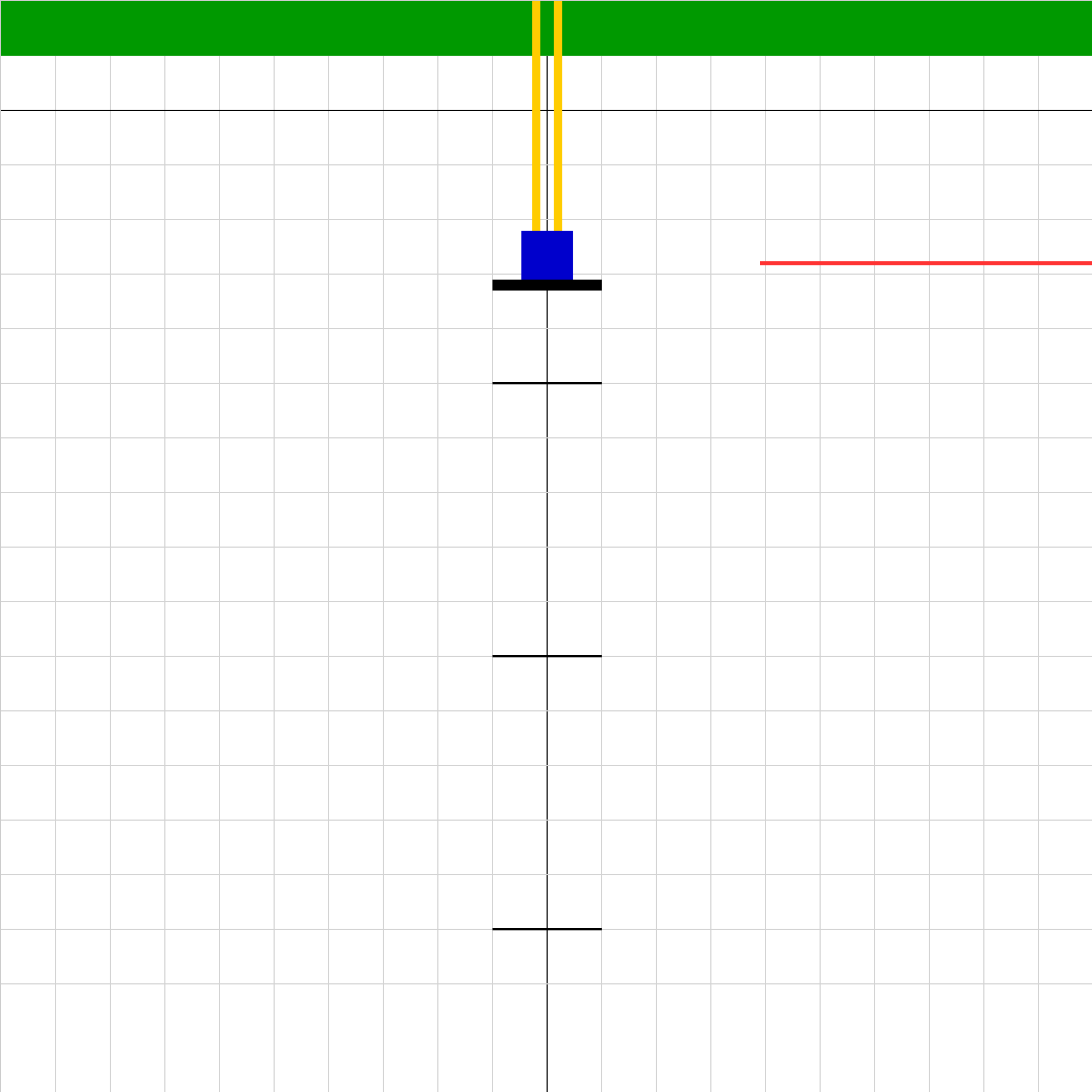
hookeslaw03.iwp
A platform (black) is suspended from a fixed support by a rubber band. Weight can be added to the platform. When the red stick is pulled away, the platform with its weight will oscillate vertically and eventually come to rest at its equilibrium position. The goal of the problem is to take data to find the spring constant of the rubber band and to find the mass of the platform. For the latter, you'll need one measurement other than those described below. With platform held in place by the stick, the rubber band is unstretched. Click the play buttom to pull the stick away quickly and let the platform fall. After the platform reaches its resting position, read the position to the nearest 0.001 m. (In order to make the motion damp more quickly, increase the value of the damping coefficient.) Add 0.1 kg of mass to the plaform and click Reset. Then play the animation to see the new equilibrium position. Record the reading. Continue to add mass in increments of 0.1 kg and measure the equilibrium position each time. Tic marks are placed every 0.05 m to aid in taking readings.
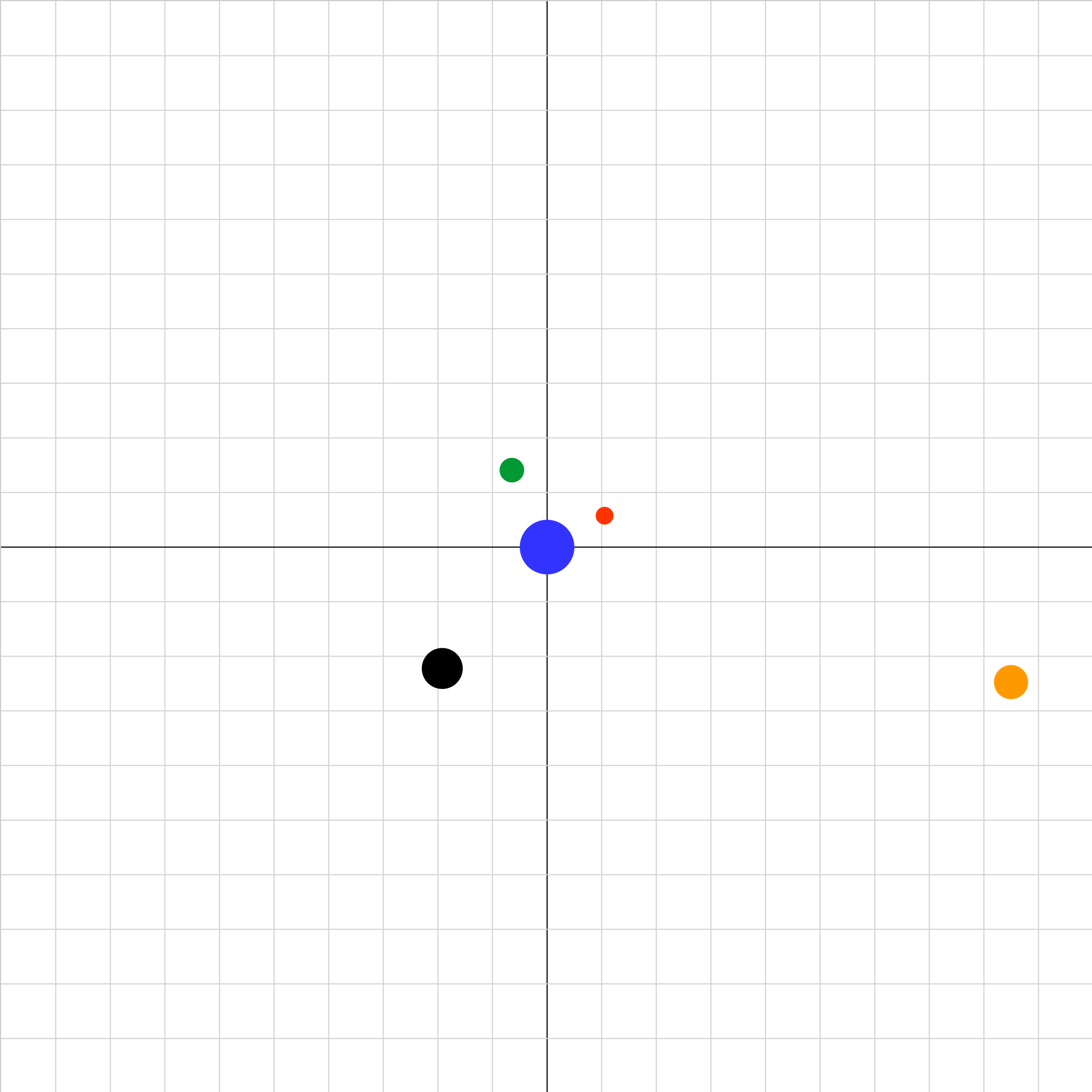
planetary-system-02.iwp
Four moons revolve around a planet in circular orbits. Determine the period and radius of each orbit. Use the buttons on the right to start/stop the animation and step it frame-by-frame. Readouts of time and position coordinates are displayed above the buttons.
